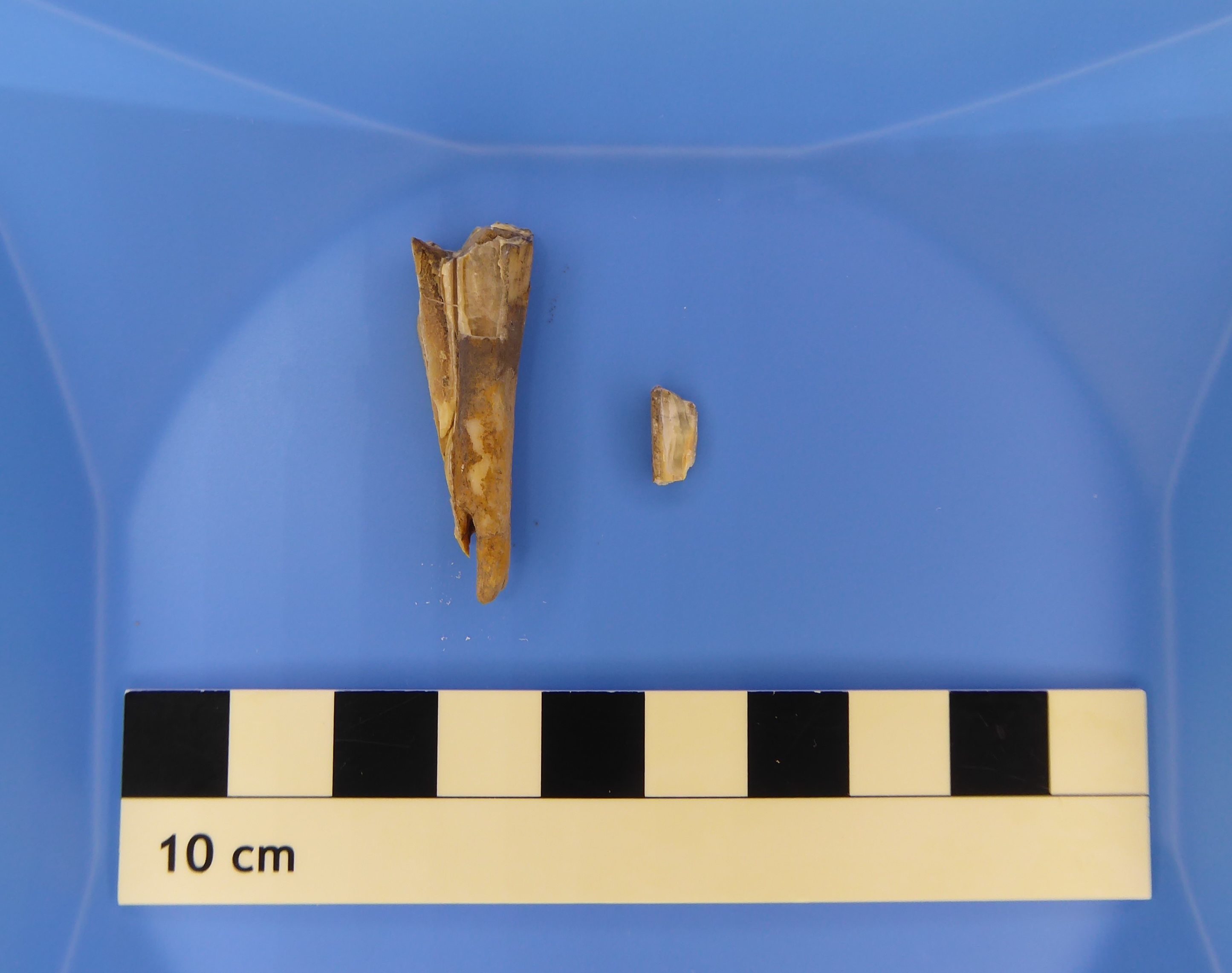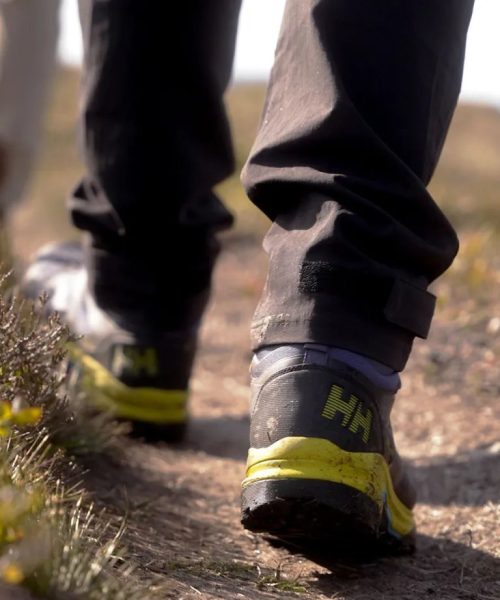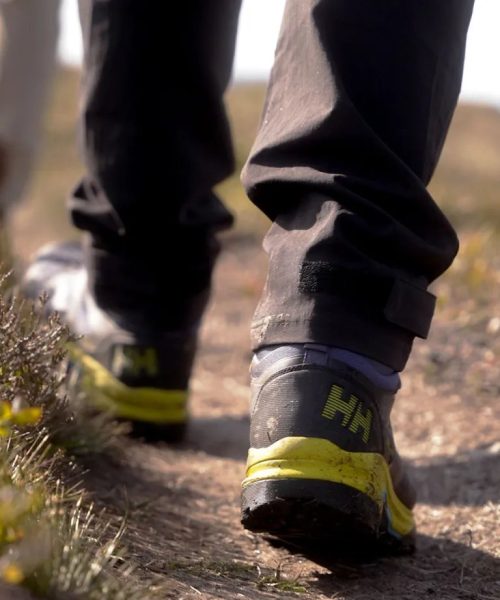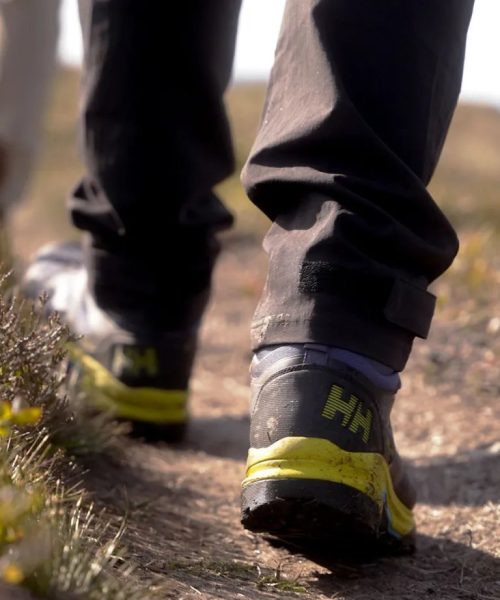Thousands of years before the Black Death killed one-third of Europe’s population in the 14th century, a mysterious and prehistoric form of the plague spread throughout Eurasia. This prehistoric pathogen that is only known from ancient DNA samples ran rampant about 5,000 years ago, ultimately vanishing from the archeological record about 2,000 years later. Called the Late Neolithic Bronze Age (LNBA) plague lineage, scientists have long been puzzled about where the strain came from. Now, we are close to an answer.
For the first time, archeologists and anthropologists have identified this ancient plague in an animal: a 4,000-year-old domesticated sheep excavated in present-day Russia. The plague appears to have infected both humans and sheep that spread from a wild animal source, just like the bubonic plague. The increased sheep herding in the area during the Bronze Age brought humans into closer contact with the animals and may have led to the spread of this disease. The findings are detailed in a study published August 11 in the journal Cell and reveal that sheep played a role in this disease spillover.
Plague origins
Most illnesses that infect humans today have a zoonotic origin. At some point in time, they jumped from an animal to a human in a process called a spillover event. For example, migratory birds were the original reservoir for flu and ebola that spilled over from bats.
Many of the infectious diseases caused by these pathogens emerged within the last 10,000 years. That timing overlaps with the domestication of livestock and pets. Studying the pathogen that arises from ancient animals using the DNA left behind offers a way for scientists to investigate the emergence of human infectious disease in the past and can inform modern spillover events.
Plague is one of the most deadly zoonotic diseases in history. It is spread by the fleas living on rats, and has killed millions of people throughout history. However, the older LNBA lineage that first began to spread 5,000 years ago is genetically distinct from the more well-known Black Death from the 14th century. It infected human populations for close to 3,000 years before it vanished.
Interestingly, LNBA lineage lacks the key genetics for fleas to transmit the plague-causing bacterium Yersinia pestis transmission that are found in other historic and modern plague strains. Since it does not spread via fleas like the bubonic plague, another animal was likely involved. But which animal?
“One of the first steps in understanding how a disease spreads and evolves is to find out where it’s hiding, but we haven’t done that yet in the ancient DNA field,” study co-author and doctoral candidate Ian Light-Maka, said in a statement. “We have over 200 Y. pestis genomes from ancient humans, but humans aren’t a natural host of plague.”
Ancient teeth and livestock
To figure out how the infection persisted and spread over thousands of years in Eurasia, an international team of researchers studied the bones and teeth of Bronze Age livestock that were uncovered at an archeological site called Arkaim. The site in present-day Russia was once occupied by the Sintashta-Petrovka culture, who were known for innovations in cattle, sheep, and horse husbandry. At the site, they identified a 4,000-year-old sheep that was infected with the same LNBA lineage of Y. pestis that was infecting people at the time.
“Arkaim was part of the Sintashta cultural complex and offered us a great place to look for plague clues: they were early pastoralist societies without the kind of grain storage that would attract rats and their fleas – and prior Sintashta individuals have been found with Y. pestis infections. Could their livestock be a missing link?” added study co-author and University of Arkansas anthropologist Taylor Hermes.

© Taylor Hermes.
Back in the lab, the team compared the ancient Y. pestis genome from the sheep with other ancient and modern genomes. The sheep Y. pestis genome was a very close match to one that had infected a human at a nearby site at around the same time.
“If we didn’t know it was from a sheep, everyone would have assumed it was just another human infection – it’s almost indistinguishable,” said study co-author and Harvard University archeologist Christina Warinner.
According to the team, this indicates that both humans and sheep were being with the same population of Y. pestis. But were the sheep infecting humans in some way or vice versa? Archaeological and comparative approaches could provide some answers to that puzzle. In parts of the world where Y. pestis is still endemic, sheep can become infected if they come in direct contact with carcasses of infected animals including rodents. Rats and mice are natural reservoirs of the pathogen and local plague outbreaks can arise in humans if infected sheep are not properly butchered or cooked. This type of scenario could have spread LNBA plague in prehistoric times, linking human and sheep infections.
“The Sintashta-Petrovka culture is famous for their extensive herding over vast pastures aided by innovative horse technologies, and this provided plenty of opportunity for their livestock to come into contact with wild animals infected by Y. pestis,” added Warinner. “From then on it is just one more short hop into humans.”
The speed of spread
Despite the new findings, some major questions remain unanswered. It is still unclear exactly how the pathogen traveled hundreds of miles in relatively short periods of time, as this distance was too far for sick humans or terrestrial animals to travel at the time. It is also not clear which wild animal the domesticated sheep caught the bacterium from.
“We can show that the ancient lineage evolved under elevated pressure, which is in contrast to the Y. pestis still found today,” Felix M. Key, a study co-author and genomicist at the Max Plank Institute for Evolutionary Anthropology added. “Moreover, the ancient sheep as well as human infections are likely isolated spillovers from the unknown reservoir, which remains at large. Finding that reservoir would be the next step.”
However, the search for pathogens in ancient animal remains is only just beginning. Archaeological digs both past and present can produce tens of thousands of animal bones. Archaeologists could potentially dig into the bones from past excavations to look at what ancient pathogens lurk inside.
“I think there will be more and more interest in analyzing these collections,” said Key. “They give us insights that no human sample can.”






